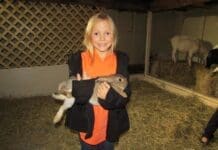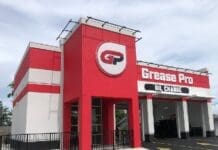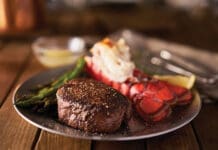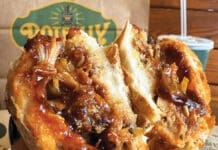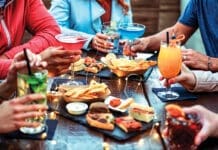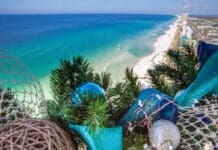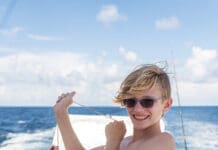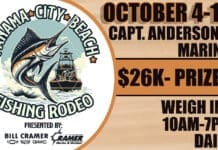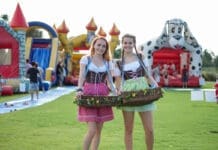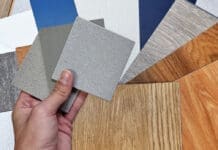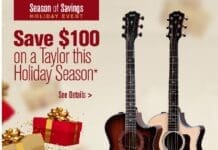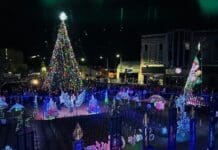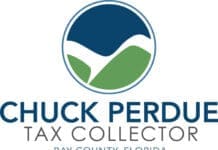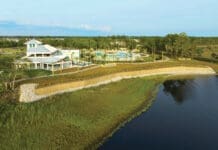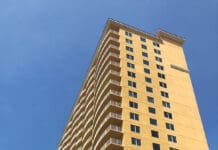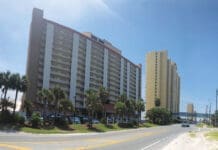 By Julie McConnell, UF/IFAS Extension Bay County
By Julie McConnell, UF/IFAS Extension Bay County
Living in Northwest Florida, we get to enjoy birds all year long and by creating appropriate habitats in our landscapes we can attract a wide spectrum of species. This month we will cover Florida Friendly Landscaping™ Principle, Gardening for Wildlife, specifically attracting birds.
What makes a landscape attractive to birds?
 There are several things that will increase the likelihood of making your yard a favorite stop for birds. Food, shelter, and water are the top three things to provide for birds.
There are several things that will increase the likelihood of making your yard a favorite stop for birds. Food, shelter, and water are the top three things to provide for birds.
Shrubs and trees that produce berries and fruit can be beautiful additions to the landscape while also providing a food source for wildlife. Some fruiting plants that perform well in our area include American beautyberry, hollies, viburnum, persimmon, blueberries, wax myrtle, serviceberry, and saw palmetto. Another common food source for birds are seeds. It is common knowledge that you can buy a bag of birdseed for your feeders at the store, but many plants we use also produce seed if we leave the flowers intact after blooming. A few examples of landscape plants that produce seed for birds are sunflower, tickseed, zinnias, black-eyed Susan, coneflower, and goldenrod.
Many birds eat berries and seed, but did you know that insects make up a large part of many birds’ diets? Insects contain protein and other nutrients ideal for birds, especially juveniles. Even hummingbirds which are known for nectar feeding are raised on insects! Growing a diverse plant palette and minimizing pesticide use can help support a healthy insect population. Don’t worry about the insects eating your plants. That will occur to some degree, but when you have a balanced population of spiders and insects it will help keep the plant pest population in check.
Shelter is also important to birds visiting landscapes. Providing a place and material to nest is part of this, but birds also need safe places to hide from predators. By creating a layered effect in your landscape by using plants of different heights, widths, and foliage textures you create an inviting habitat for birds.
Another often overlooked shelter source are dead trees (snags) and brush piles. Snags and brush are ideal homes for cavity dwelling birds such as woodpeckers and nuthatches. Brush piles and decomposing trees are full of insects that many birds can use as a food source. Leaving dead trees that are not a risk to people or property is something to consider in your overall maintenance plan.
Providing a source of water is also a good way to encourage birds to your yard. Bird baths can be incorporated into most landscapes. Be sure to situate them away from shrubs where predators can hide and dump the water every 2-3 days to prevent mosquito breeding.
If you are interested in learning more about birds that visit our area, consider joining the Bay County Audubon Society. Find out how at www.baycountyaudubon.org.
Julie McConnell can be reached at juliebmcconnell@ufl.edu. An Equal Opportunity Institution. UF/IFAS Extension, University of Florida, Institute of Food and Agricultural Sciences, Nick T. Place, dean for UF/IFAS Extension. Single copies of UF/IFAS Extension publications (excluding 4-H and youth publications) are available free to Florida residents from county UF/IFAS Extension offices.


